There’s something about a two week holiday that really allows a person time to reflect, digest, process and plan. This holiday has allowed me to drift in and out around my thinking on Maker Education and how, when driven with a deliberate conscience, will embed opportunities for empathy in action, inclusion, equality and character development. The #MakerSpace movement has been a trending topic in 2016 and I am proud of our staff effort to embrace this culture of learning.
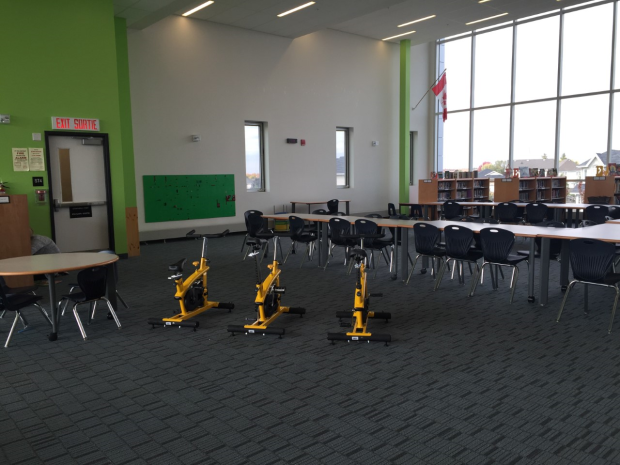
It wasn’t until October of this past year that we were ready to launch our space within our large elementary school. We strategically chose Global Maker Day 2016 as they day that we would ‘open’ – however, the truth was, we were open all along.
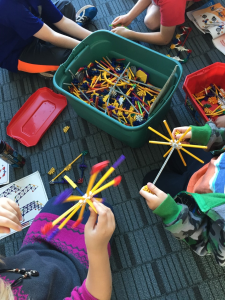 You see, the Maker Movement isn’t about a space that is launched, but rather about a school culture that embraces collaboration, creativity, design thinking and innovation.
You see, the Maker Movement isn’t about a space that is launched, but rather about a school culture that embraces collaboration, creativity, design thinking and innovation.
With this Global Maker Day launch and public acclamation that we were “Getting this Train Moving“, we raised some awareness in our community that we are a school that values innovation and the 21st Century Competencies. The school culture is the key element, however, the space does allow us to have a large central location where classes can collaborate, materials can be shared easily and ownership can fall to everyone. It is a space we can all be proud of, all participate in, and all feel included and equal in. This is the beauty of the physical space.
We still have some work to do in the area of best practice for material storage and for sharing the learning taking place in the space. Ideas are welcome! Here’s hoping that 2017 will give us new opportunities to learn, new community and global partners to learn with, and like-minded schools to connect with and share our passions. What I do know is that 2017 will allow us to continue to highlight this physical space as a place of inclusion, equality and character development while harnessing the collective ideas of our students.
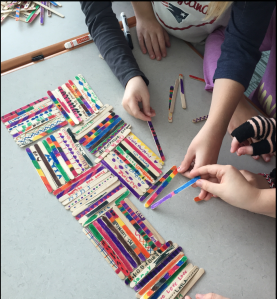
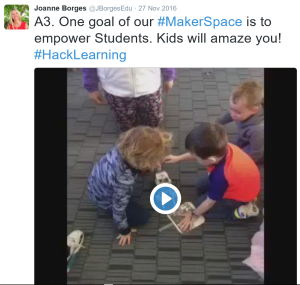
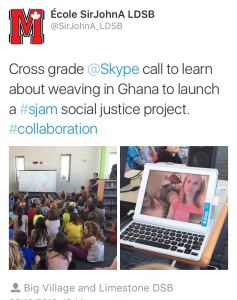
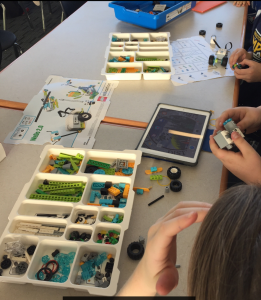



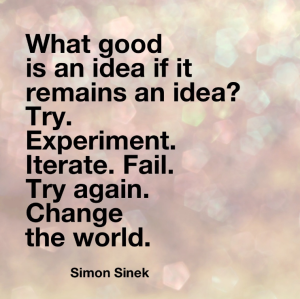
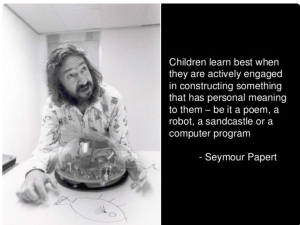

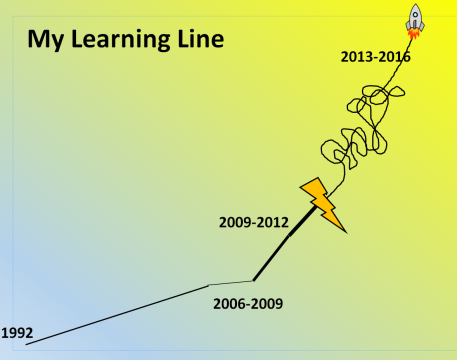
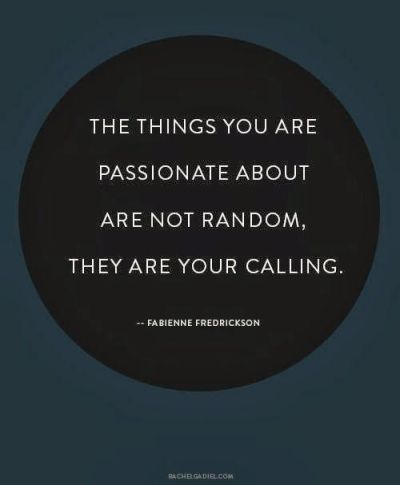

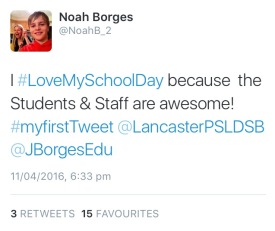 A special thank you to my son’s teachers (and all teachers like them) for realizing the importance of embedding digital citizenship into our children’s learning day, for giving students opportunities for an authentic audience, for trusting that they will make good choices and supporting them when they don’t, and for providing relevant learning experiences that capture their interests. The impact you have on our children is remarkable.
A special thank you to my son’s teachers (and all teachers like them) for realizing the importance of embedding digital citizenship into our children’s learning day, for giving students opportunities for an authentic audience, for trusting that they will make good choices and supporting them when they don’t, and for providing relevant learning experiences that capture their interests. The impact you have on our children is remarkable.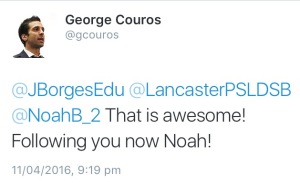 A second shout out goes to George Couros, who was my son’s third follower on Twitter (after his dad and I). George worked with students in our district last month and from this learning day, Noah came home excited about the world of social media and the power of creating his own positive digital identity. He made a promise to George in his second tweet that he would
A second shout out goes to George Couros, who was my son’s third follower on Twitter (after his dad and I). George worked with students in our district last month and from this learning day, Noah came home excited about the world of social media and the power of creating his own positive digital identity. He made a promise to George in his second tweet that he would 
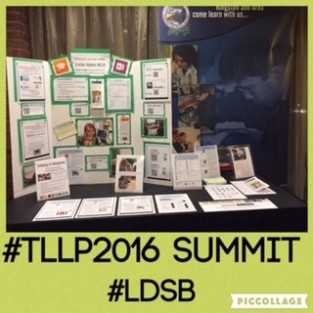


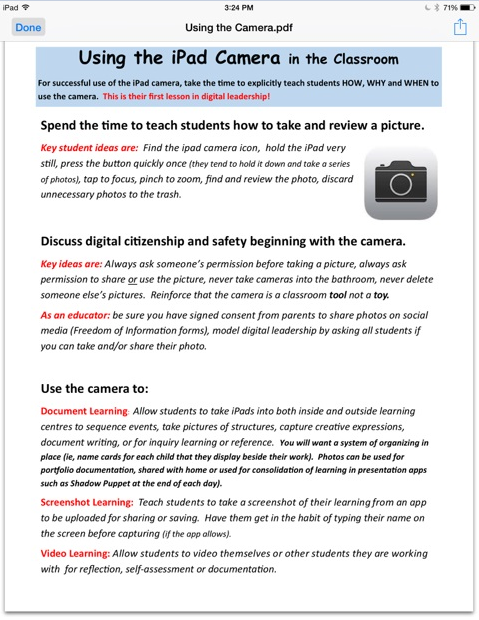
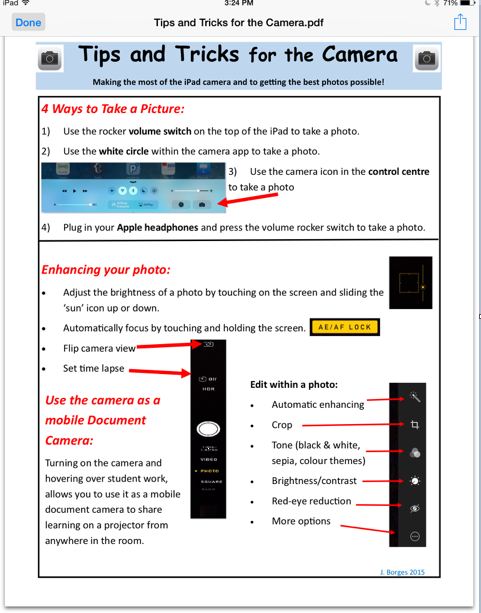


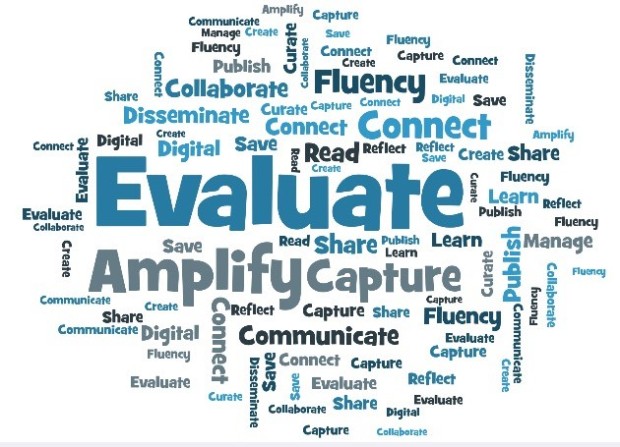 Part 1: I say Part 1 because this topic has so many facets to it – but let’s chunk it – starting with internet searching.
Part 1: I say Part 1 because this topic has so many facets to it – but let’s chunk it – starting with internet searching.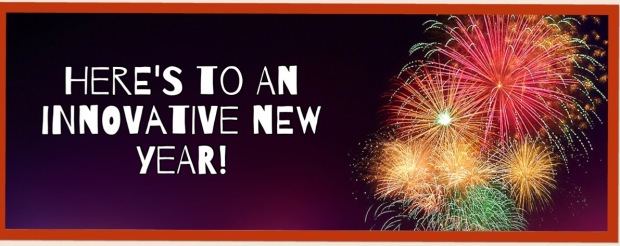 The New Year always brings ideas of change, hope, promises and goals. As I reflect back on resolutions that I have made in the past, it seems the only ones that I have actually kept are the goals that I have written down. So with that, I am determined to be accountable for my big ideas and begin my blogging journey. I’ve been all talk for the last few months – time for action.
The New Year always brings ideas of change, hope, promises and goals. As I reflect back on resolutions that I have made in the past, it seems the only ones that I have actually kept are the goals that I have written down. So with that, I am determined to be accountable for my big ideas and begin my blogging journey. I’ve been all talk for the last few months – time for action.